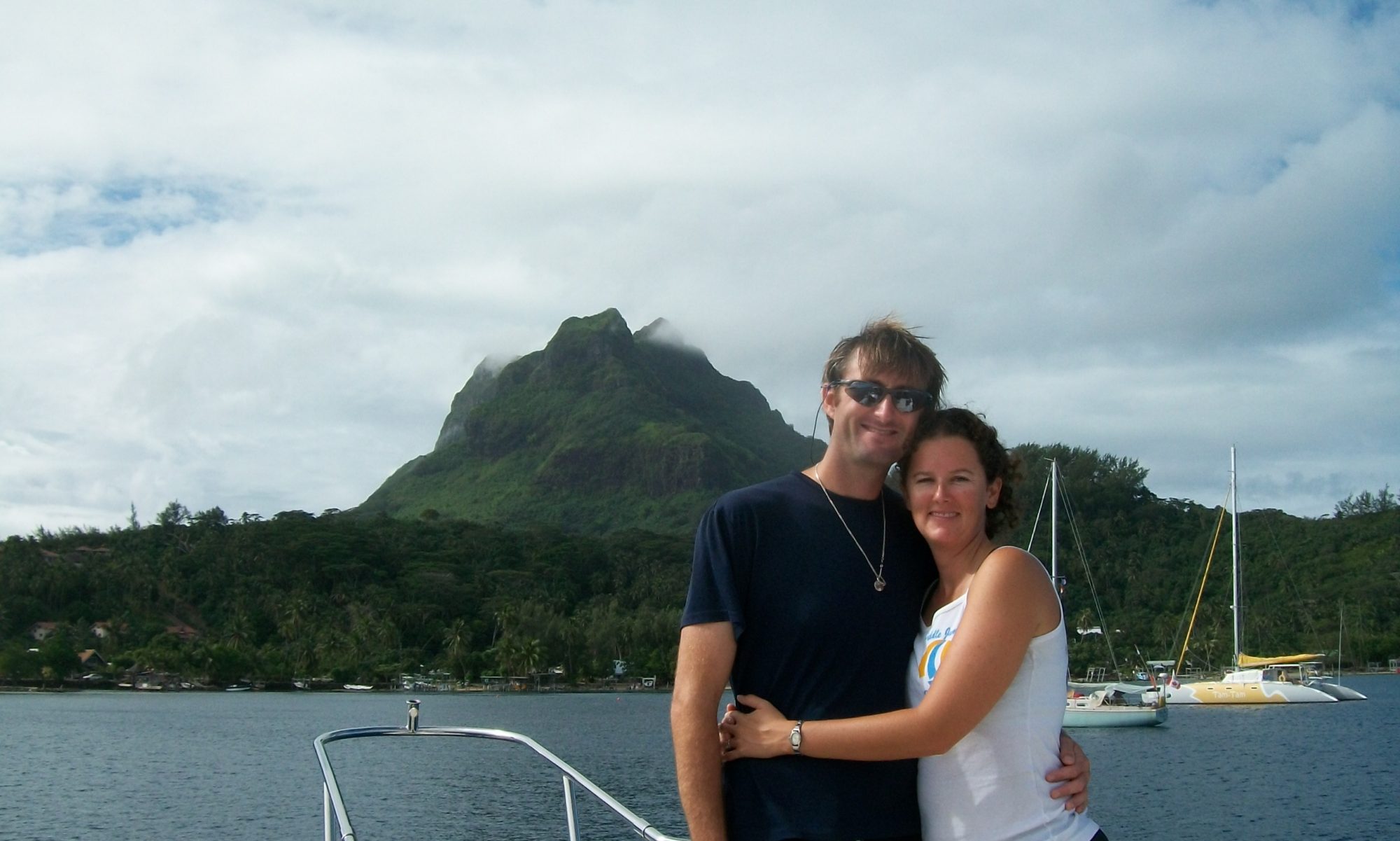The main questions we get all revolve around the same issue:
“I am very comfortable on the water. However, I have been seasick twice in my life (both time on rough seas in motorized fishing boats), and I was wondering your opinion of how that might affect me while on longer sailing trips? Does your body adapt? I’m sure it’s pretty different person to person, but I was just wondering if you have some general advice.”
OR
I’d love to do this. It’s just a matter of convincing my wife. Unfortunately, she suffers somewhat from the violent seasickness. Any chance she could outgrow it if she sat a boat long enough?”
Seasickness, (and its prevention) easily the number one concern we get from those looking to get into volunteer crewing. As such, we’re doing a 3 part series on the issue.
Tiffany chipped this one over to Greg simply because she has a superhuman cast-iron stomach and has never suffered from seasickness in her entire wild life of deep sea ocean racing, Coast Guard storm rescues and sailing instructing. Tiffany is part mermaid and bleeds salt water. Greg, on the other hand, is a mere mortal who dearly loves his aquatic-born bride. As such, where she goes so must he. Being mortal he is not immune to the ravages of Neptune’s fury and has learned to actually deal with it.
And after 10 years of work that has taken me out to sea followed by a transpacific sailing trip on a 44 foot sailing boat just ‘for fun’, I can tell you most certainly that while seasickness is something you will always need to be aware of, it isn’t something that should stop you from enjoying the world of sailing or the amazing places it can take you.
In fact sailboats are better than powerboats for preventing seasickness. In heavy winds and seas powerboats rock back and forth in the weather. Sailboats, on the other hand, are pushed by the wind. This means that they just lean over and stay there. Also, sailboat keels are designed to help hold a point of sail instead of just rock back and forth. It’s a little disorienting at first, getting used to living life sideways,
but it’s better than getting tossed back and forth. I’ve experienced the stabilizers and flopper stoppers on powerboats and while they help, truth is sail boats are just more consistently stable on those rare occasions when the weather sneaks up on you.
The big thing to remember is that most recreational sailors avoid bad weather like the plague. Really, think about it: These people are on vacation with no firm schedule in mind. If you got a report of bad weather on the way what would you do with your quarter-million dollar sailing yacht? Yeah, head for a protected marina as fast as possible is right. Also, the migration patterns of recreational cruisers around the world specifically and intentionally sail in the direction of weather that is the gentlest ride. Why? Again, they’re looking to have a good time, not prove something by challenging King Triton to a grudge match. So, in general, as long as you can get underway and be OK you should be fine for most coastal cruising.
(And yes, sailors migrate. Just like birds. It’s a separate issue we’ll get into later.)
I have found that after 1-2 periods of sleep my body does indeed “adjust” and my capacity to endure heavier seas increases. Though this does not mean I let up on my preventative measures, it just means I have more room for error.
Building on this idea: it should be somewhat obvious and start small! Before up and deciding to cruise to Mexico start by sailing for an afternoon. Become a confident sailor in good weather before you start voyaging out into waters where you might get caught in a storm. “Sea legs” as they call it, are both mental and physical muscles. They need to be developed before you over-strain them. Remember in some ways the sea is its own strange world with its own set of rules, particularly when it comes to things like gravity and it’s relation to the floor.
Have a spouse that is a bit nervous about boats? Start with a 2 hour sail near shore to let them get a feel for it. As they gain confidence, they will be more willing to go farther and you’ll both have a much better time of it. We wrote an article with some simple ways to get started you can check out here for more ideas.
Now there are such things as open ocean sailing like we did in the South Pacific and even the coastal cruiser catches the occasional unanticipated storm; so what do you do for those situations? We’ll tackle the exact process and products I have, after the past decade of life at sea, learned actually work in our next “how to crew” article.
Greg and Tiffany are traveling around the world on sailing yachts and keep a video blog of their (mis)adventures. If sailing to Tahiti on a 44 ft sailboat, 3-day delays for wine tastings, getting pooped on by seagulls, opening coconuts with dull machetes, sailing past tornadoes and ukulele Christmas carols are for you, then check them out at www.CoastGuardCouple.com!



One Reply to “Sailing and Seasickness”
Comments are closed.